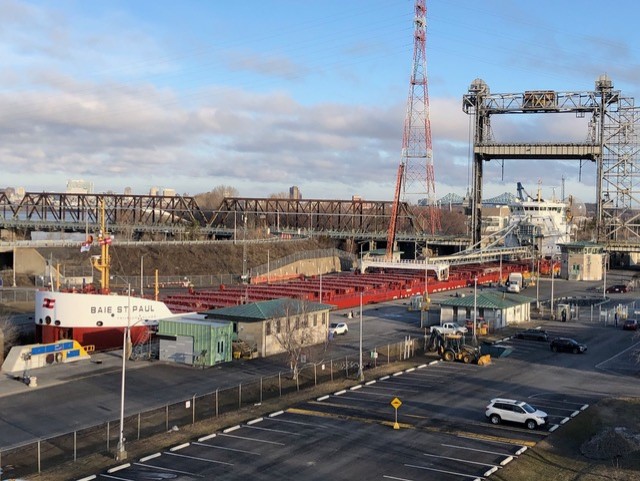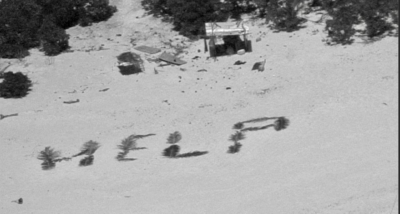The St. Lawrence Seaway Management Corporation (SLSMC) marked the opening of its Montreal/Lake Ontario section on Wednesday with the transit of the CSL Baie St. Paul through the St. Lambert Lock.
“With the Covid-19 outbreak, we are living in exceptional times. As the 2020 navigation season gathers momentum, we continue to witness a tremendous response by our employees and members of the broader marine community in overcoming a range of challenges” Terence Bowles, president and CEO of the SLSMC, said in a statement announcing this year’s first transit. “The St. Lawrence Seaway provides an essential transportation service that literally feeds nations around the world, including Canada and the U.S., and supplies the inputs which keep many of our industries operating. We will strive to do our part during this difficult period.”
SLSMC continues to work closely with Transport Canada, Public Health Agency of Canada (PHAC), and other authorities. A series of comprehensive practices and procedures are in place to manage risk and minimize all non-essential interactions between personnel in view of Covid-19.
The Seaway’s Welland Canal section opened on March 24 this year, eight days before the opening of the Montreal/Lake Ontario section. This hybrid approach respected the desire of the International Joint Commission to move record volumes of water out of Lake Ontario in order to provide relief to lakeshore communities battered by high water levels.
The Great Lakes St. Lawrence River System is a “marine highway” that extends some 3,700 km from the Atlantic Ocean to the Great Lakes. Over 200 million tons of cargo travels over the system on an annual basis, supporting over 329,000 jobs and $59 billion in economic activity in Canada and U.S.
The binational St. Lawrence Seaway serves as the linchpin within the broader waterway, connecting the lower St. Lawrence River to the Great Lakes. Beginning in Montreal and extending to points west, the Seaway’s 15 locks (13 Canadian and two U.S.) enable ships to climb a total of 168 meters (551') from “sea level” up to Lake Erie.





